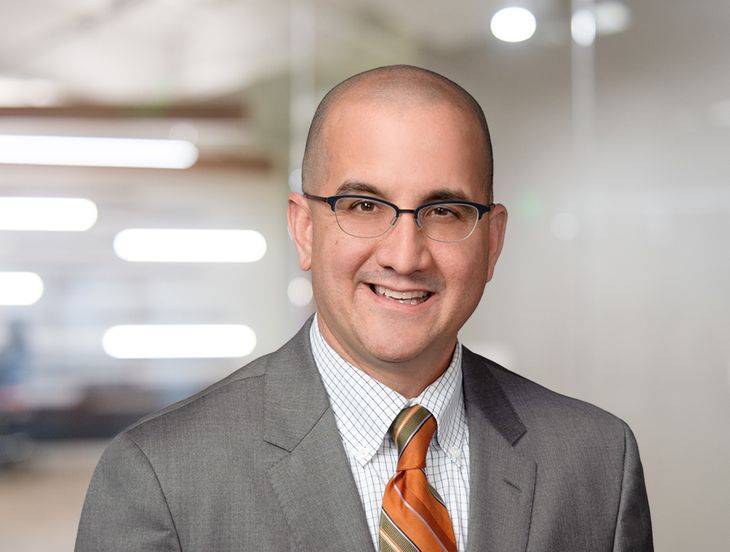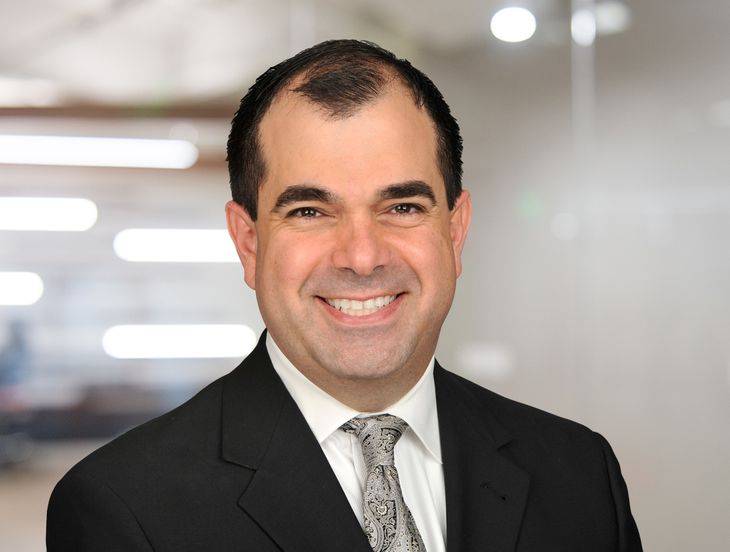California Governor Loosens Cal/OSHA COVID-19 Quarantine Rules
Insights
12.15.20
Governor Gavin Newsom just issued an Executive Order that potentially reduces the quarantine exclusion period for COVID-19 exposed employees in California under a recently approved Emergency Temporary Standard (ETS) issued by Cal/OSHA. Yesterday’s action is consistent with recent quarantine guidelines issued by the CDC and reduces the amount of time employers are required to exclude COVID-19 exposures from the worksite under the new Cal/OSHA regulation. What do California employers need to know about this development?
Background And Overview
As we recently discussed, Cal/OSHA announced an emergency regulation related to COVID-19 prevention in the workplace that went into effect on November 30. Among other things, the new regulation required that employees with COVID-19 exposure (generally within six feet of a COVID-19 case for 15 or more cumulative minutes in a 24-hour period during the high-risk exposure period) be excluded from the worksite for 14 days. The standard also required that the employer “maintain earnings” for the employee during this exclusion period, with limited exceptions.
However, the governor’s Executive Order goes a different direction, incorporating instead recently updated COVID-19 Quarantine Guidance issued by the California Department of Public Health (CDPH). This guidance provides for shorter quarantine periods for asymptomatic individuals with COVID-19 exposure. Specifically, the Executive Order states the exclusion periods and return-to-work periods set forth in the Cal/OSHA regulation “shall be suspended” to the extent that they exceed any applicable quarantine or isolation period recommended by the CDPH. This includes the updated CDPH Quarantine Guidance issued yesterday. However, the Executive Order also states the quarantine period in any local health order will also control (if not updated to reflect the new statewide guidance).
Reduced 10-Day Quarantine Period for Asymptomatic Exposures
The new CDPH Quarantine Guidance specifies that all asymptomatic close contacts (currently those who meet the COVID-19 exposure definition above) may discontinue quarantine 10 days from the date of their last exposure. This is significantly shorter than the 14-day period set forth in stone in the Cal/OSHA emergency regulation for excluding exposed employees. It will obviously mean that employers may be able to bring back such employees sooner than previously specified. Most significantly, this will also potentially reduce the time period for which an employer must “continue earnings” for an exposed employee excluded from the workplace by almost one-third.
However, there is an important caveat here. The Executive Order says the 14-day time period in the Cal/OSHA regulation is suspended to the extent that it exceeds the longer of the updated CDPH guidance “or any applicable quarantine or isolation period recommended or ordered by a local health officer who has jurisdiction over the workplace.”
Many of the local health orders still reflect a 14-day quarantine period for COVID-19 exposures. Hopefully, this is just an issue of timing and the local orders will soon be amended to reflect the new timelines set forth in the updated CDPH Quarantine Guidance. However, in the meantime, employers will need to monitor the local orders and follow the longer period of time.
Further Reduced Quarantine Period For Certain Essential Critical Infrastructure Workers In Healthcare
The new CDPH Quarantine Guidance provides for an even further-reduced quarantine period for certain healthcare workers. The guidance provides that during “critical staffing shortages when there are not enough staff to provide safe patient care,” essential critical infrastructure workers in the following categories are not prohibited from returning to work after seven days from the date of last exposure:
- Exposed asymptomatic health care workers; and
- Exposed asymptomatic emergency response and social service workers who work face to face with clients in the child welfare system or in assisted living facilities.
Workers in these categories may return after seven days only if they have received a negative PCR test from a specimen collected after Day 5.
Additional Safeguards And Protocols Required
The new CDPH Quarantine Guidance requires that asymptomatic exposed employees who are returned to work under these earlier timeframes must follow additional safeguards and protocols. These include the following:
- Employees must adhere strictly to all non-pharmaceutical interventions, including wearing face coverings at all times, maintaining a distance of at least six feet from others, through Day 14.
- Employees must use surgical face masks at all times during work for those returning after Day 7 and continue to use face coverings when outside the home through Day 14 after last exposure.
- Employees must self-monitor for COVID-19 symptoms through Day 14 and, if symptoms occur, immediately self-isolate and contact their local public health department or healthcare provider and seek testing.
What You Should Do Next
Many California employers have spent the last several weeks scrambling to implement the requirements of the new Cal/OSHA emergency regulation, which is already in effect. Yesterday’s news brings some potential welcome relief to California employers by reducing the quarantine period for exposed employees from the strict 14-day requirement set forth in the regulation.
However, this change necessitates some immediate action by employers. Most importantly, employers will need to monitor local public health orders to see if the local quarantine period is reduced in line with the CDPH updated guidance. If so, those who have already developed and implemented protocols and procedures (including a Written COVID-19 Prevention Program) will need to revise and update these policies to reflect the new guidance. Fisher Phillips can assist employers with these new guidelines and has an updated compliance toolkit available that reflects these recent changes.
For further information, contact your Fisher Phillips attorney, any attorney in our California offices, or any member of our Post-Pandemic Strategy Group Roster. Fisher Phillips will continue to monitor the rapidly developing COVID-19 situation and provide updates as appropriate. Make sure you are subscribed to Fisher Phillips’ Alert System to get the most up-to-date information.
For a more thorough analysis of the many issues you may encounter from a labor and employment perspective, we recommend you review our FP BEYOND THE CURVE: Post-Pandemic Back-To-Business FAQs For Employers and our FP Resource Center For Employers.
This Legal Alert provides an overview of a specific developing situation. It is not intended to be, and should not be construed as, legal advice for any particular fact situation.
Related People
-
- Benjamin M. Ebbink
- Partner
-
- Lonnie D. Giamela
- Partner
-
- Hannah Sweiss
- Partner


